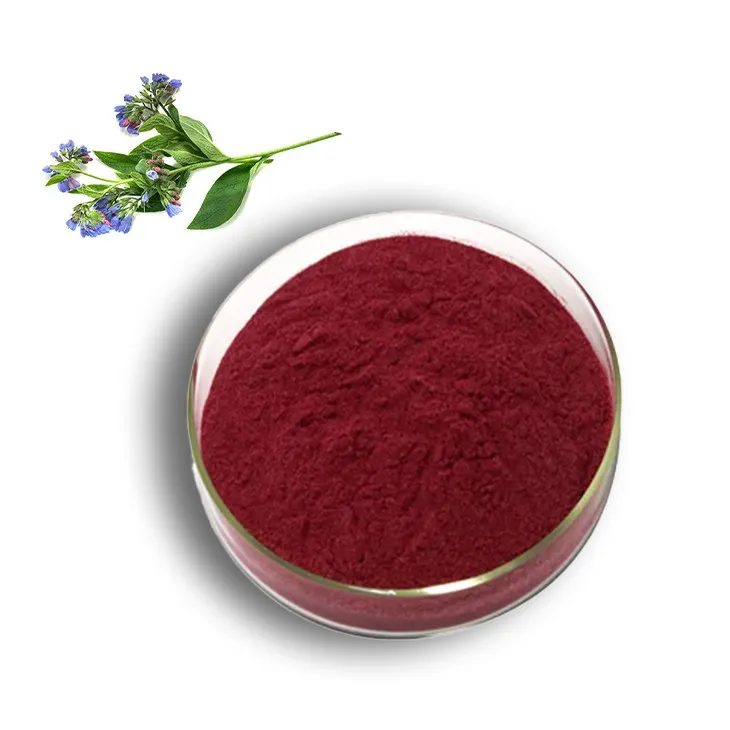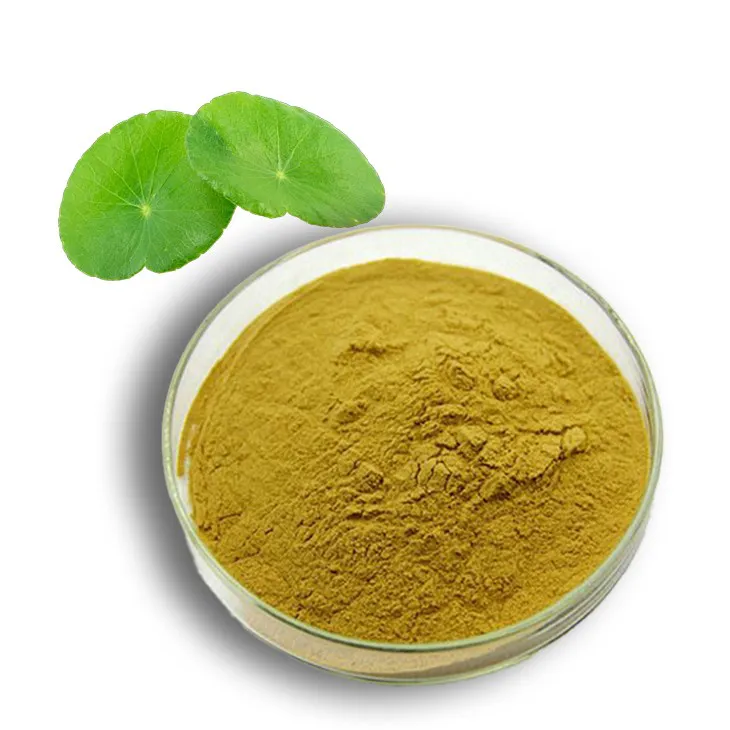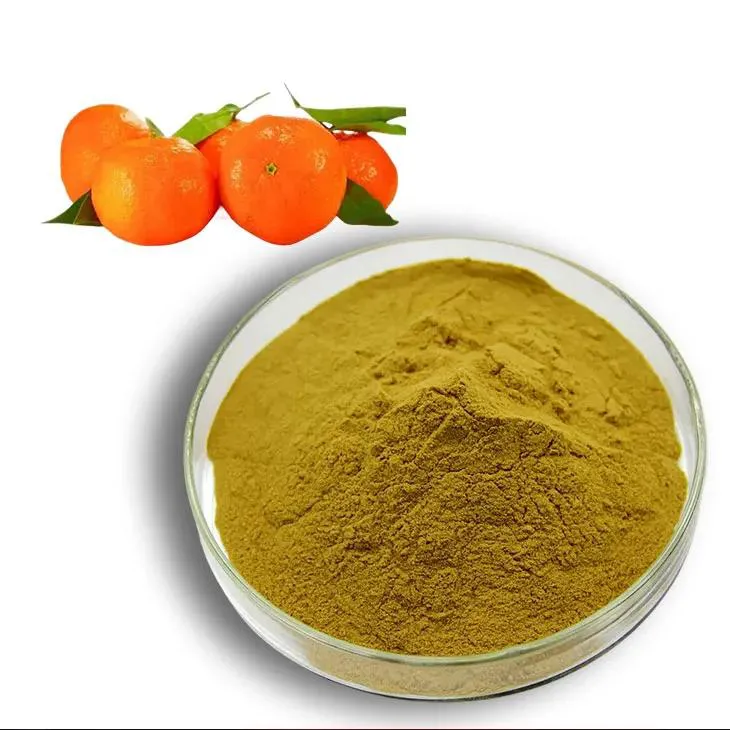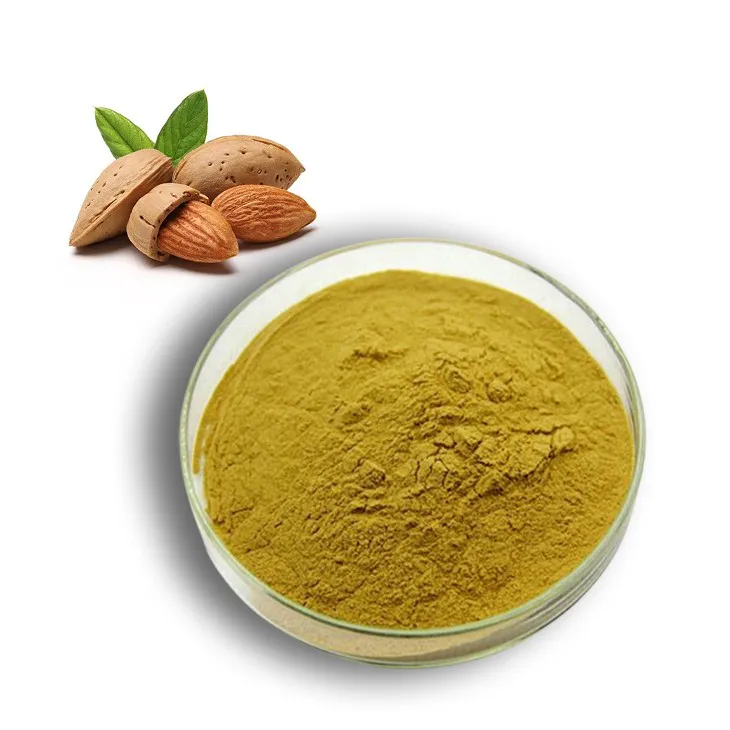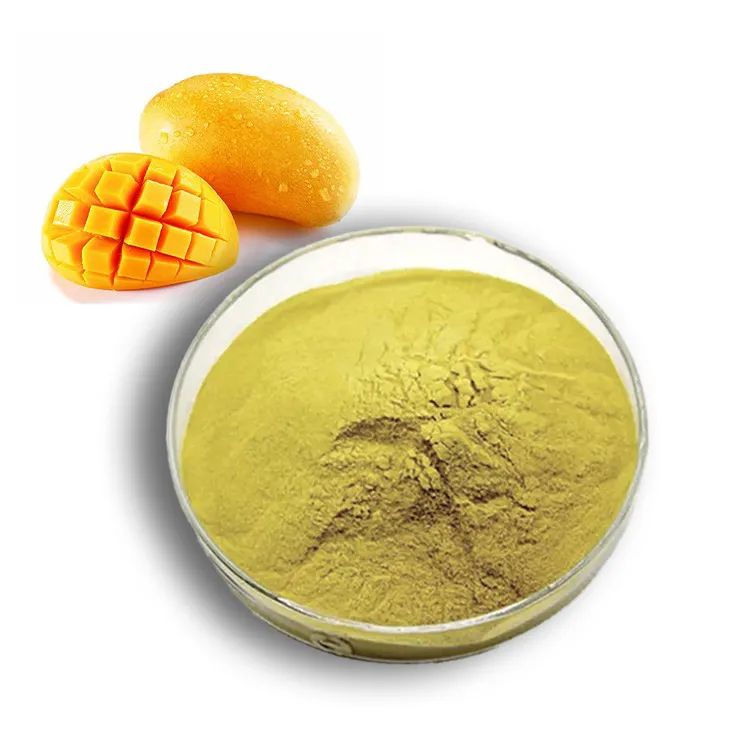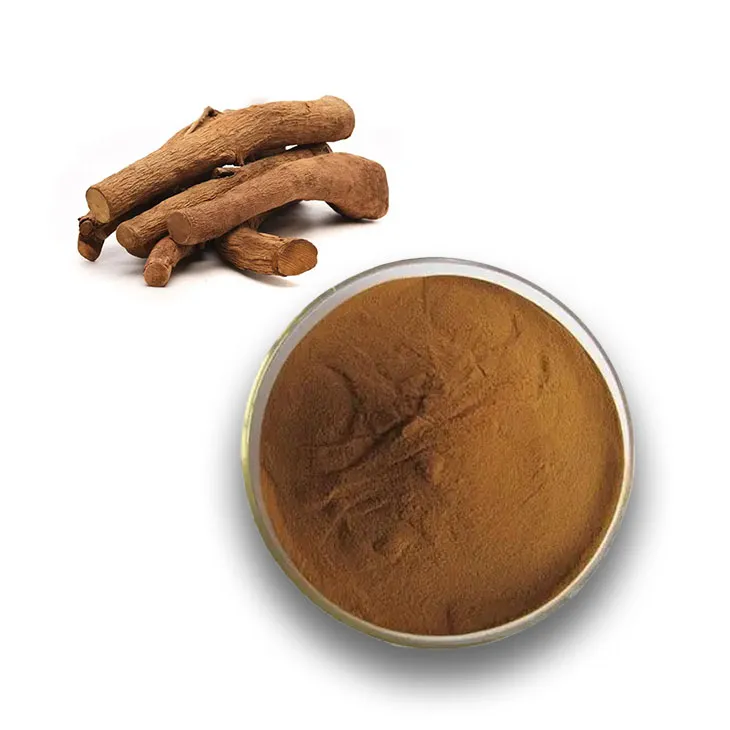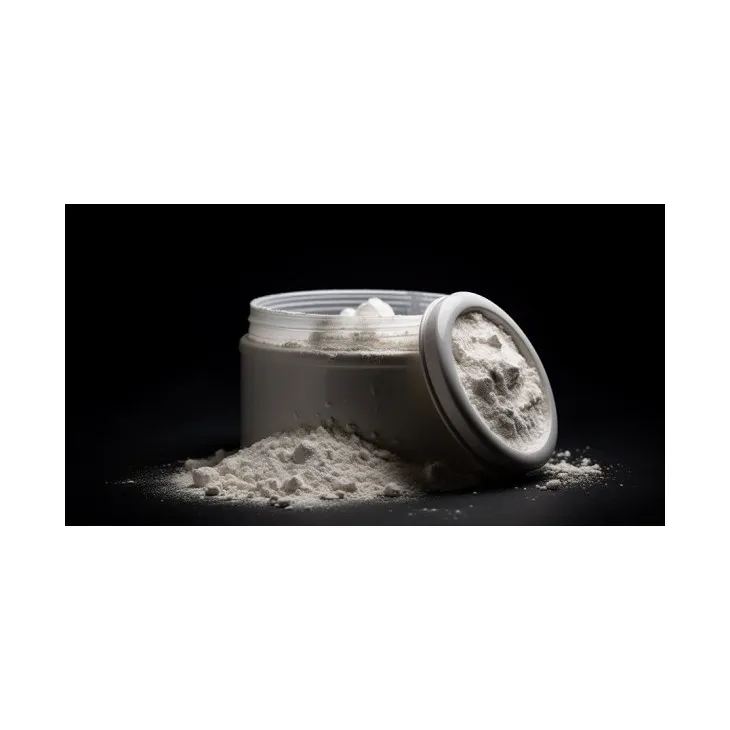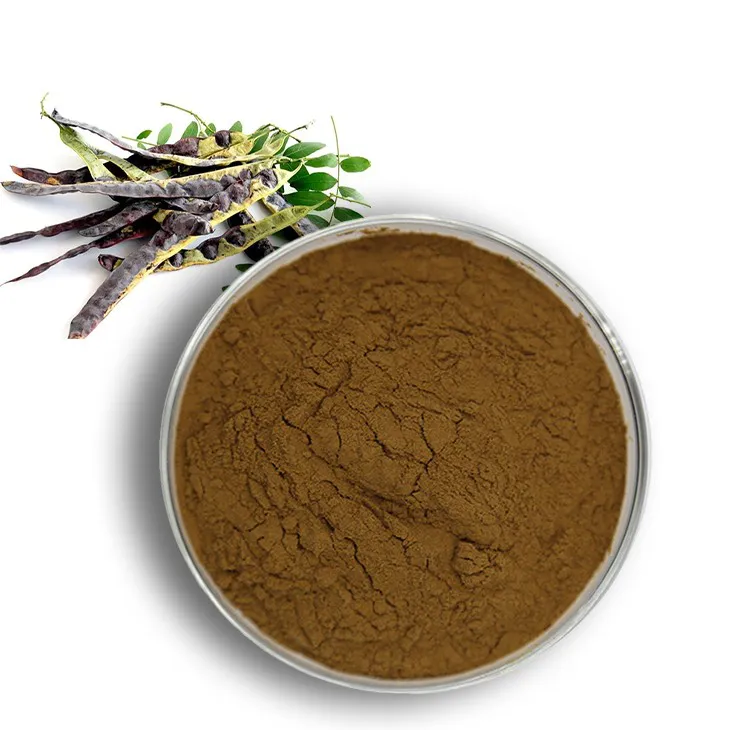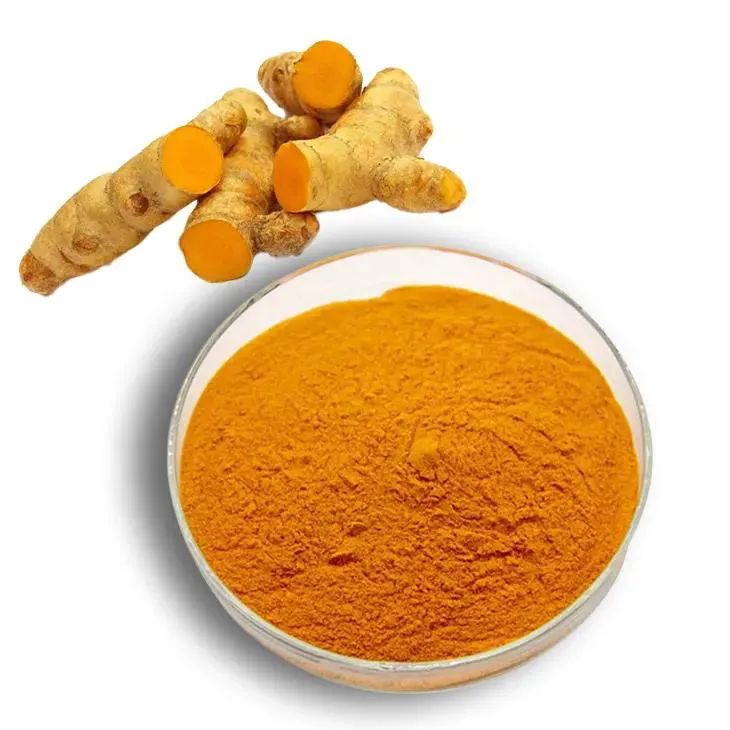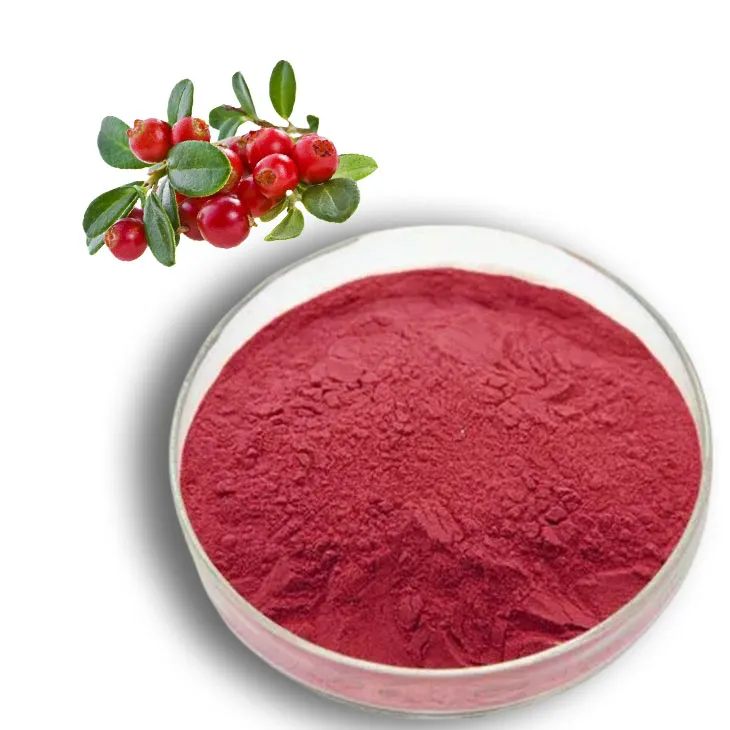- 0086-571-85302990
- sales@greenskybio.com
Cordyceps Sinensis: History, Health Benefits and Recipes
2025-08-18
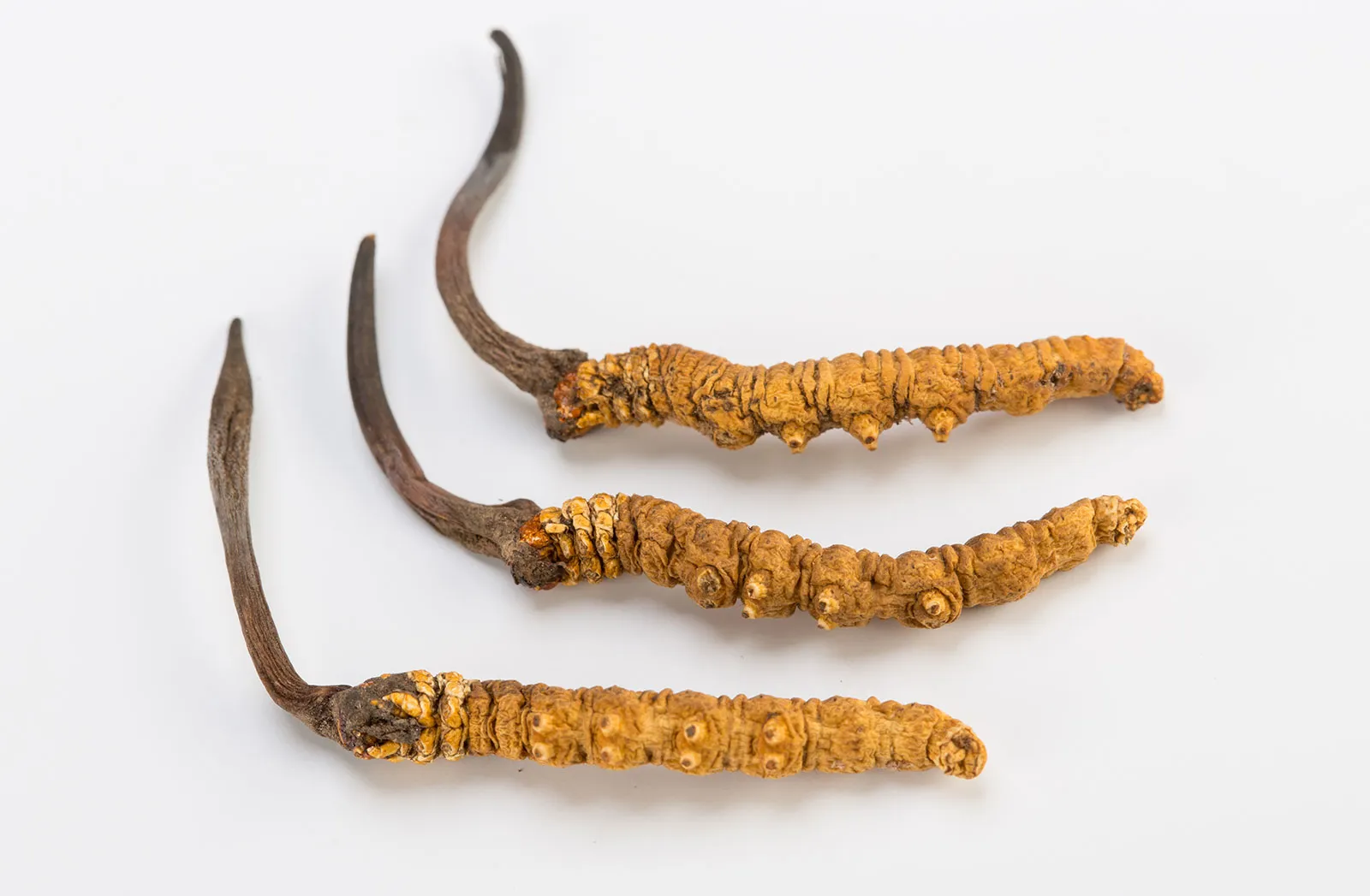
Ophiocordyceps sinensis, formerly known as Cordyceps sinensis, is a parasitic fungus that inhabits the high-altitude regions of the Himalayas and Tibetan Plateau. Commonly referred to as "caterpillar fungus" or "yartsa gunbu," this organism has a rich history as a potent superfood and traditional medicine, valued for its wide array of health benefits.
Historical Significance and Traditional Use
Cordyceps has been esteemed for over a thousand years, first appearing in ancient Tibetan and Chinese medical texts. Traditionally collected by nomadic herders, its effects on enhancing vitality and stamina were noted through livestock observations. By the 15th century, it was a prized component in Traditional Chinese Medicine (TCM), reserved for emperors and the elite to promote longevity and vitality. Its performance-enhancing reputation was notably highlighted during the 1993 Chinese National Games, where athletes credited Cordyceps-based tonics for their record performances.
Biology and Biochemistry
Thriving in harsh environments between 3,000 and 5,000 meters above sea level, Cordyceps undergoes a unique lifecycle, infecting ghost moth larvae and mummifying them before producing slender fruiting bodies. This extraordinary parasitic relationship has intrigued both traditional healers and modern scientists alike.
Cordyceps is enriched with bioactive compounds such as:
Cordycepin: Known for anti-inflammatory, antioxidant, and potential anticancer properties.
Beta-glucans: Polysaccharides with immune-modulating effects.
Adenosine: Supports cardiovascular health and energy metabolism.
Ergosterol: A vitamin D2 precursor beneficial for bone and immune health.
These compounds collectively bestow Cordyceps with its renowned health-promoting capabilities.
Health Benefits and Scientific Research
Cordyceps is celebrated for a variety of potential benefits:
Enhanced Athletic Performance: Cordyceps improves oxygen utilization and ATP production, boosting endurance and mitigating fatigue, making it popular among athletes.
Immune Support: The fungus’s beta-glucans help modulate the immune system, potentially lowering infection risk.
Anti-aging and Antioxidant Properties: Rich in antioxidants, Cordyceps helps combat oxidative stress and cellular aging.
Respiratory Support: Traditionally used to enhance lung function, Cordyceps may aid in alleviating asthma and COPD symptoms.
Kidney and Liver Health: Long used in TCM for organ support, research suggests Cordyceps protects these organs from damage.
Blood Sugar Regulation: Early studies indicate potential for assisting in diabetes management through blood sugar control.
Culinary Applications
Cordyceps can be consumed in various forms: dried fungus, powders, capsules, tinctures, and teas. Traditionally simmered in soups or broths to maximize its benefits, it is now also included in modern recipes like smoothies and energy bites due to its mild, earthy taste.
Recipe ideas featuring Cordyceps include:
Cordyceps mushroom soup with shiitake mushrooms and ginger.
Golden cordyceps latte made with turmeric and almond milk.
Cordyceps energy bites combining oats, nuts, and dates.
Cordyceps stir-fry with vegetables and tofu.
Cordyceps smoothie bowl with berries and almond butter.
Conclusion
Ophiocordyceps sinensis, with its storied past and myriad of health benefits, represents a remarkable fusion of ancient wisdom and modern science. Whether utilized in traditional remedies or embraced as a contemporary superfood, Cordyceps remains a valuable component of a health-conscious lifestyle, offering a unique blend of efficacy and tradition.
- ▶ Hesperidin
- ▶ Citrus Bioflavonoids
- ▶ Plant Extract
- ▶ lycopene
- ▶ Diosmin
- ▶ Grape seed extract
- ▶ Sea buckthorn Juice Powder
- ▶ Fruit Juice Powder
- ▶ Hops Extract
- ▶ Artichoke Extract
- ▶ Mushroom extract
- ▶ Astaxanthin
- ▶ Green Tea Extract
- ▶ Curcumin
- ▶ Horse Chestnut Extract
- ▶ Other Product
- ▶ Boswellia Serrata Extract
- ▶ Resveratrol
- ▶ Marigold Extract
- ▶ Grape Leaf Extract
- ▶ New Product
- ▶ Aminolevulinic acid
- ▶ Cranberry Extract
- ▶ Red Yeast Rice
- ▶ Red Wine Extract
-
Shikonin
2025-08-18
-
Centella Asiatica Extract
2025-08-18
-
Citrus bioflavonoids
2025-08-18
-
Almond Extract Powder
2025-08-18
-
Mango flavored powder
2025-08-18
-
Tongkat Ali Extract Powder
2025-08-18
-
Aminolevulinic acid
2025-08-18
-
Saponin Extract
2025-08-18
-
Curcuma Longa Extract
2025-08-18
-
Cranberry Extract
2025-08-18











